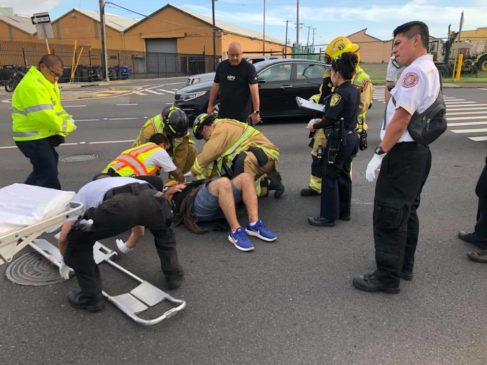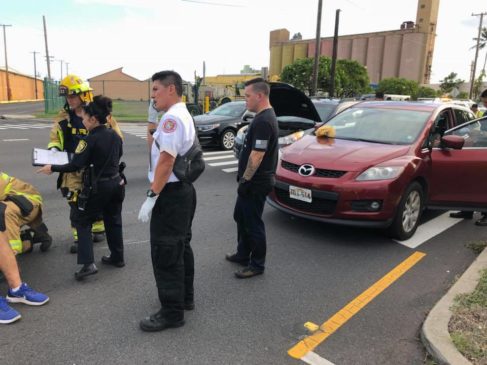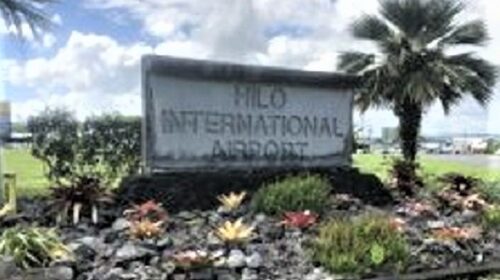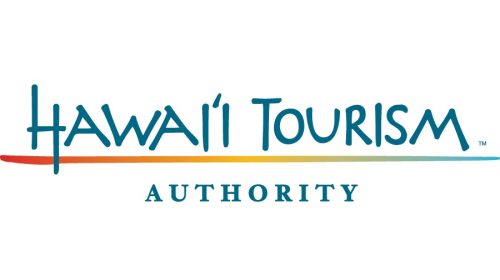Would a green wave traffic system have prevented a serious accident in Honolulu today?
A middle age man was seriously injured this afternoon when he was hit by an SUV on Nimitz Highway by South Marina trying to cross the 6 lane road using a clearly marked crossroad.
A witness posted this to his Facebook: “Shocking! Driving on Nimitz Hwy towards town and by South Marina across from the harbor, a guy was trying to cross the 3-lane at each direction Nimitz Highway using the clearly marked crosswalk for pedestrians. (no traffic light)
“I stopped in front of the crosswalk as it is required by law. He walked by my car, smiled and waved at me thanking me for stopping.
I waved back waiting in the middle lane for him to pass.
An SUV going driving high speed came out of nowhere from behind on my left, ignoring the crosswalk and hitting the guy in full force.
I saw him flying 50 feet or so through the air feet. He landed on the pavement bleeding out of his head. I immediately called 911, got my first aid kit and gym towel I had in my car.
I put my gym towel under his bleeding head and waited with him for the longest seven minutes for police and ambulance to arrive. He was responsive able and to move his hand and obviously under a lot of pain. i am sure he had severe head trauma, various injuries and was losing a lot of blood. His injuries and bleeding were at too many places to use my first aid kit to help him further.

I hope he will survive. I’m still shaking.
I wish so much I would have just not stopped at the crosswalk preventing him not to cross.
This road is dangerous and needs a traffic light.
Learn from Europe how to manage traffic. We’re so behind in Hawaii. Where is the tourist money go? Its certainly not making our roads safer and it’s not maintaining roads and the rest of our infrastructure behind Waikiki.”
Germany is a good example of using the “Green Wave approach” to regulate traffic:
A green wave occurs when a series of traffic lights (usually three or more) are coordinated to allow continuous traffic flow over several intersections in one main direction.
Any vehicle traveling along with the green wave (at an approximate speed decided upon by the traffic engineers) will see a progressive cascade of green lights, and not have to stop at intersections. This allows higher traffic loads, and reduces noise and energy use (because less acceleration and braking is needed). In practical use, only a group of cars (known as a “platoon”, the size of which is defined by the signal times) can use the green wave before the time band is interrupted to give way to other traffic flows.
The coordination of the signals is sometimes done dynamically, according to sensor data of currently existing traffic flows – otherwise, it is done statically, by the use of timers. Under certain circumstances, green waves can be interwoven with each other, but this increases their complexity and reduces usability, so in conventional set-ups, only the roads and directions with the heaviest loads get this preferential treatment.
The main advantage according to studies;
- Reduce CO2, NOx and PM10 emissions from traffic.
- Reduce fuel consumption of vehicles.
- Be used on roads that intersect with other green waves.
- Reduce the time cars wait at side roads.
- Give pedestrians more time to cross at crossings and help them to cross streets as vehicles travel in platoons [3]
- Control the speed of traffic in urban areas.
A green wave system would have allowed installing traffic lights at that intersection without causing delays in traffic flow. This in return would have prevented today’s accident on Nimitz Highway in Honolulu.
Clare Walter from Colorado commented on Facebook: “Even traffic lights do not guarantee that drivers will stop. Boulder has several lights equipped with buttons that pedestrians can push when they wish to cross. Not only does that light turn red, but there are separate flashing yellow lights in both directions to further warn drivers — and a stern recorded voice says, “Cross street with caution. Vehicles may not stop.”




